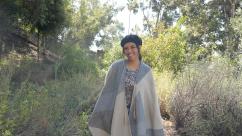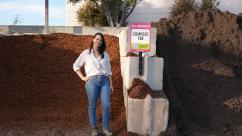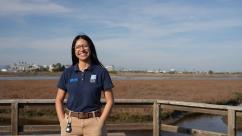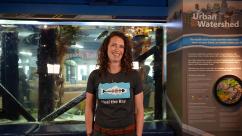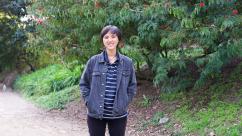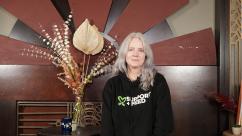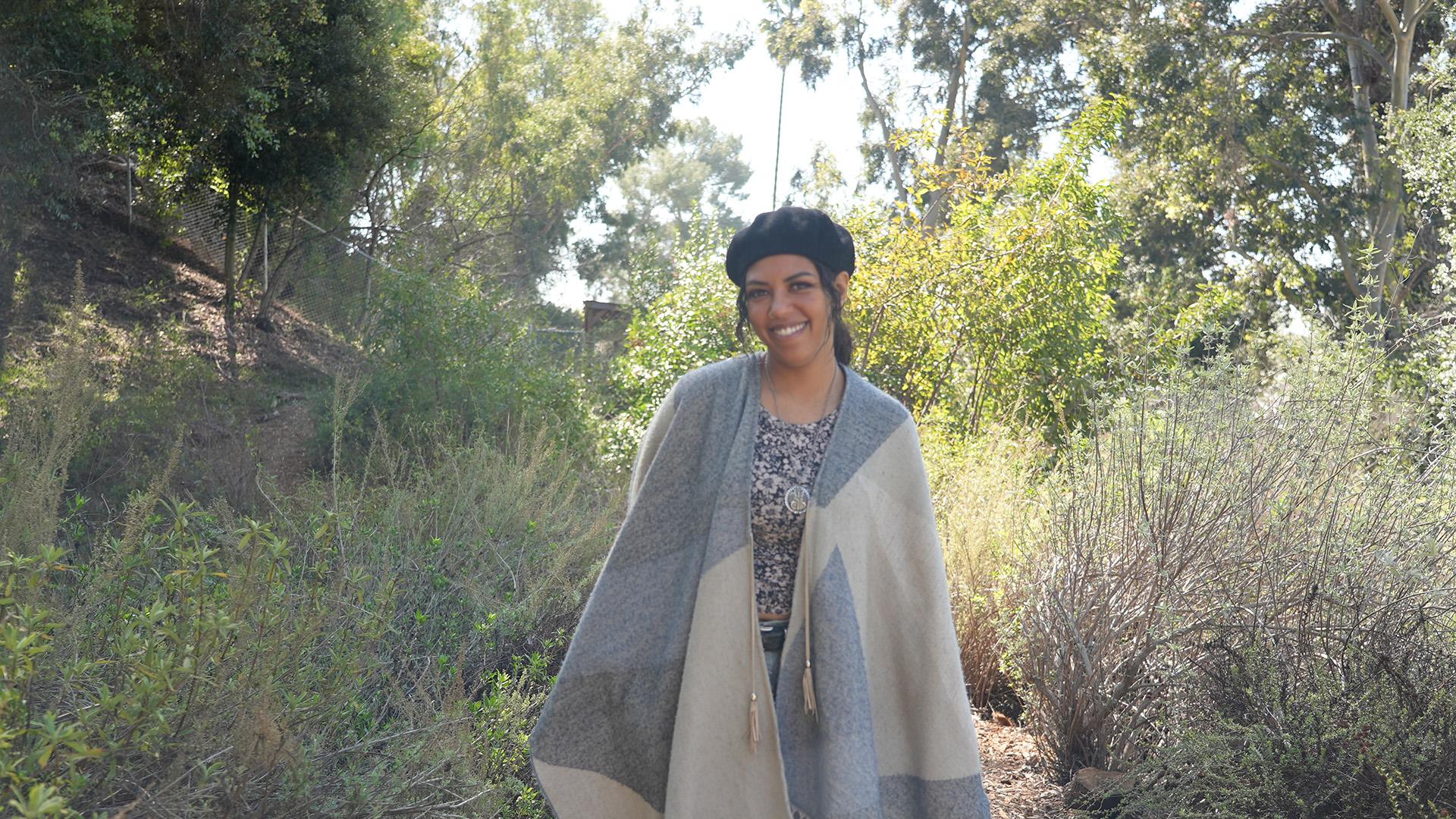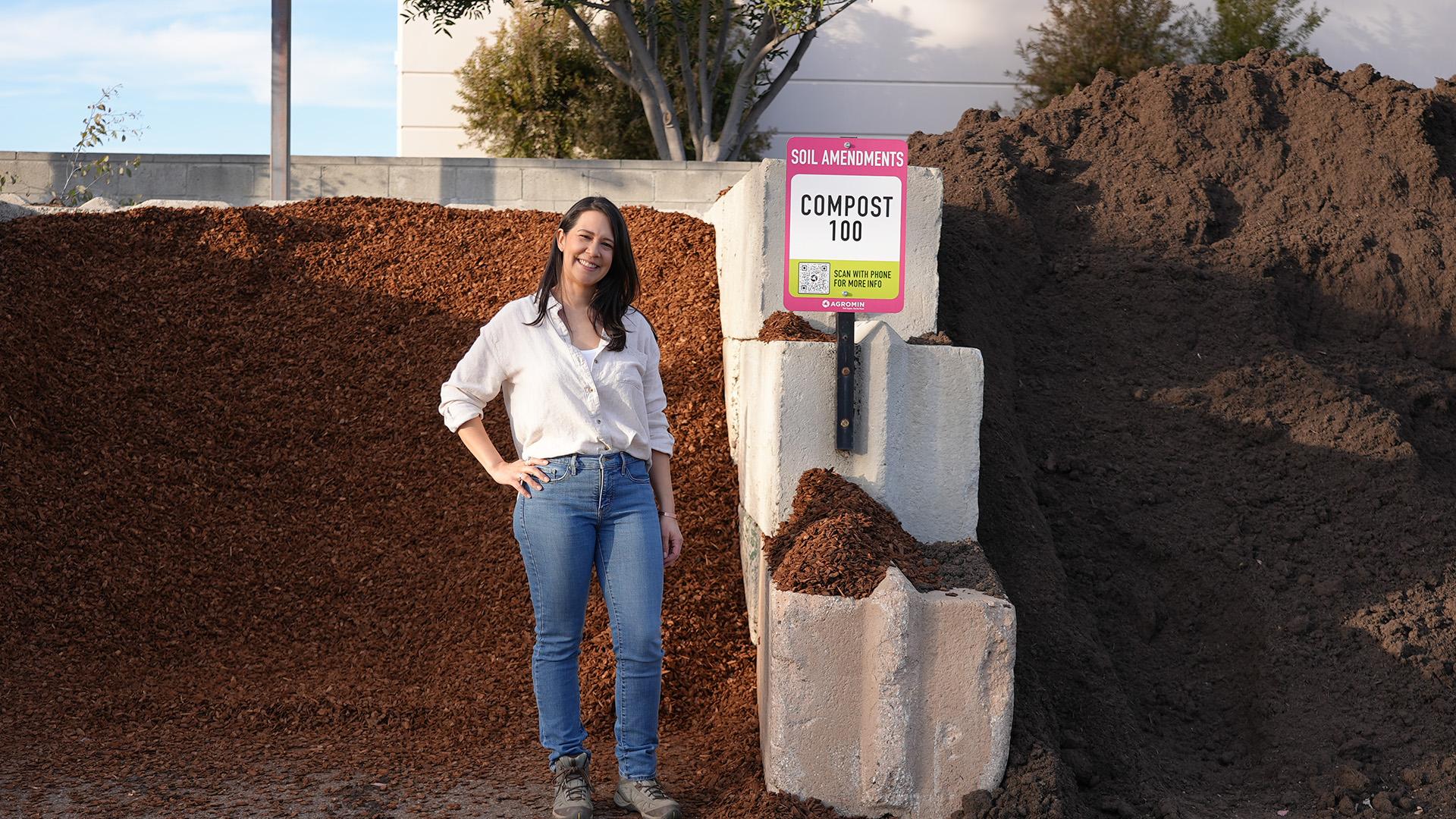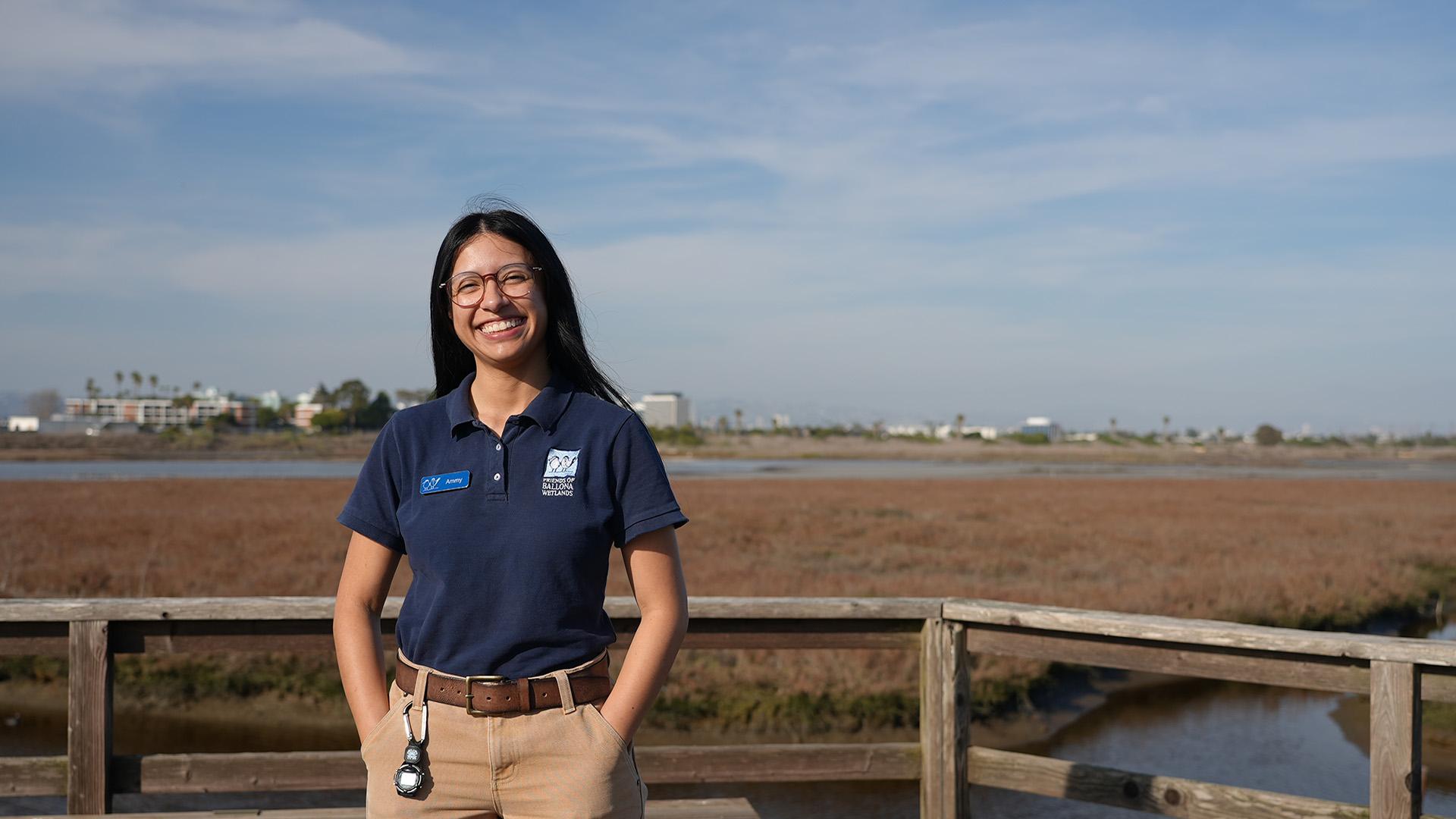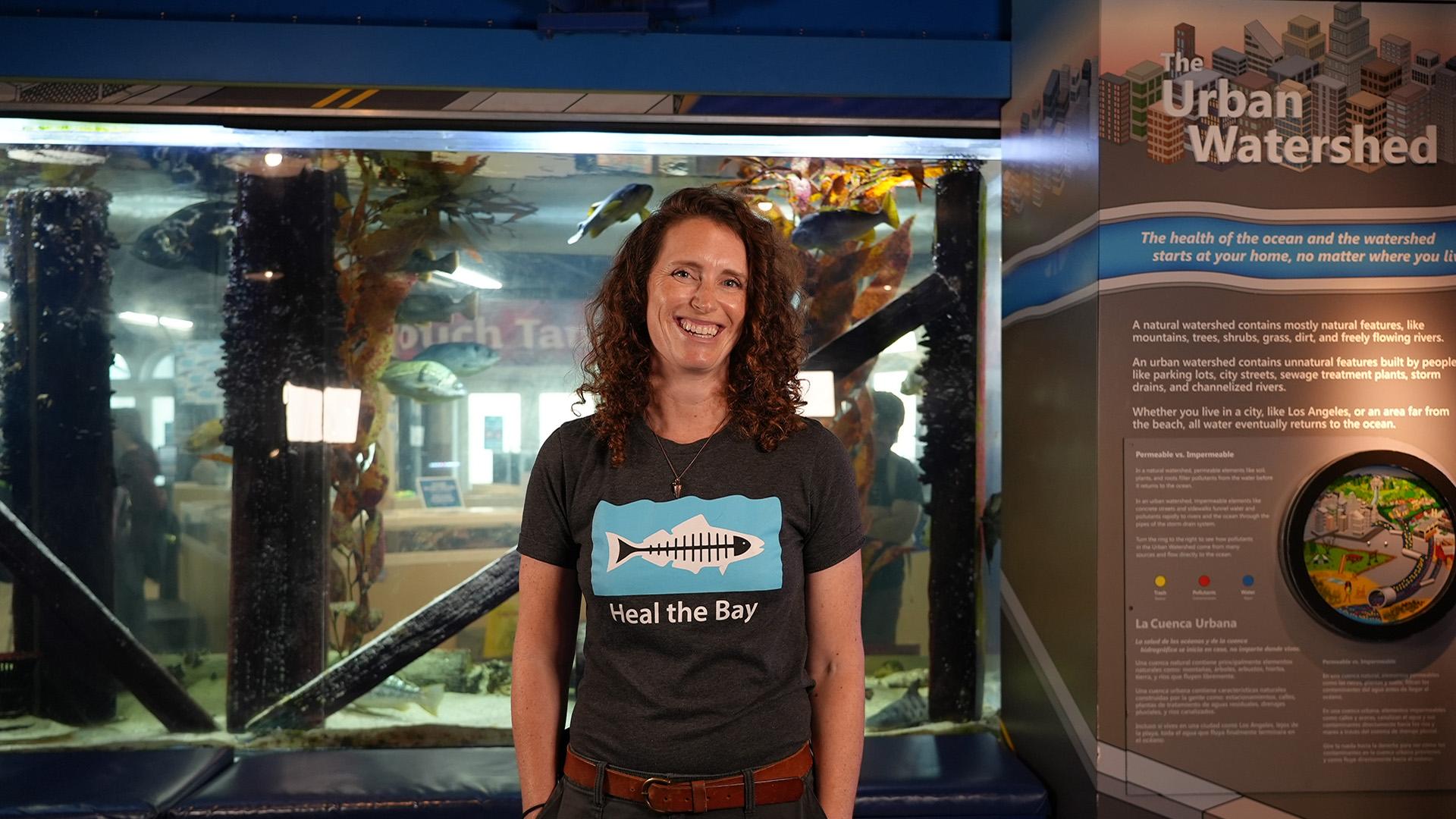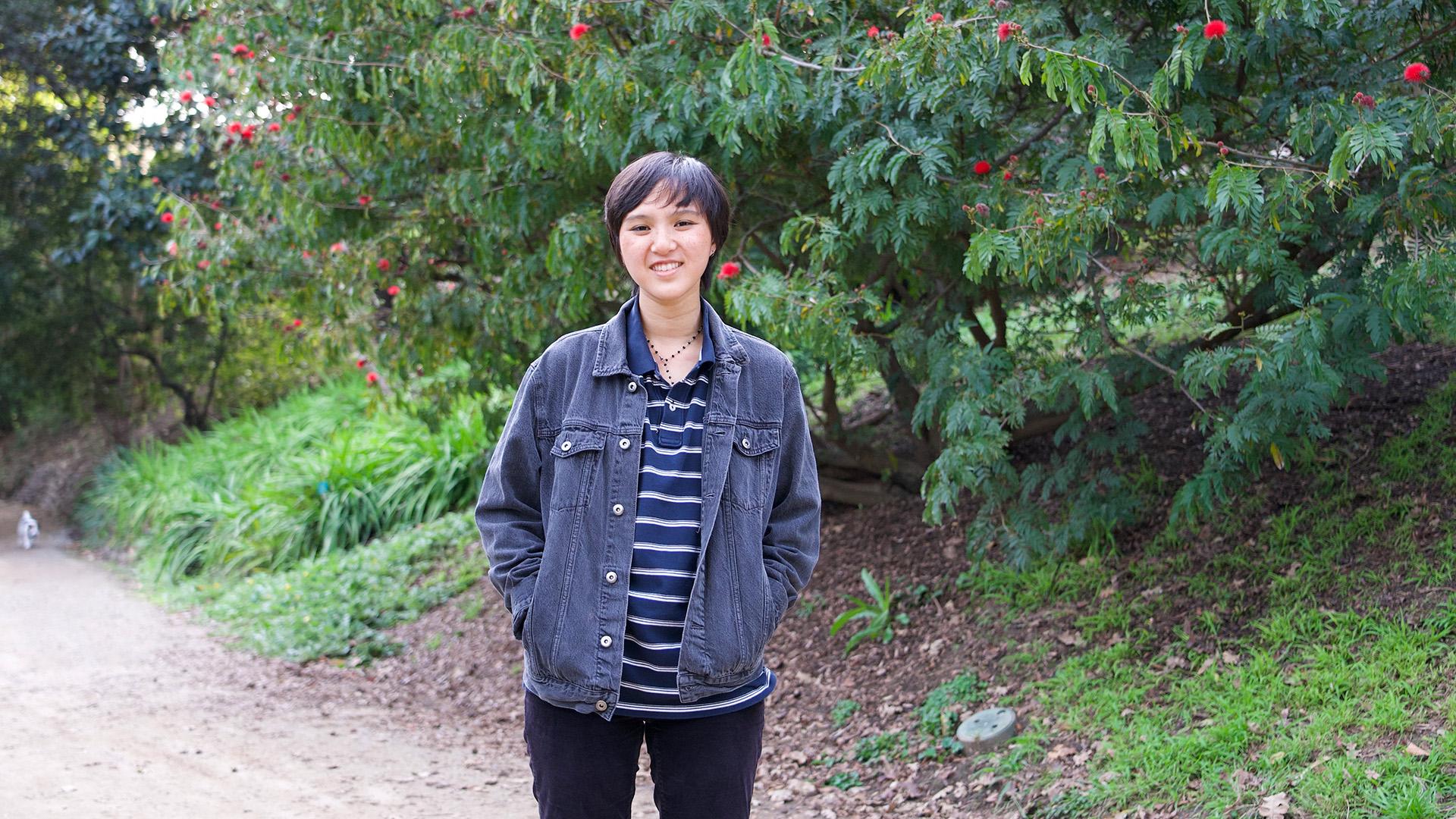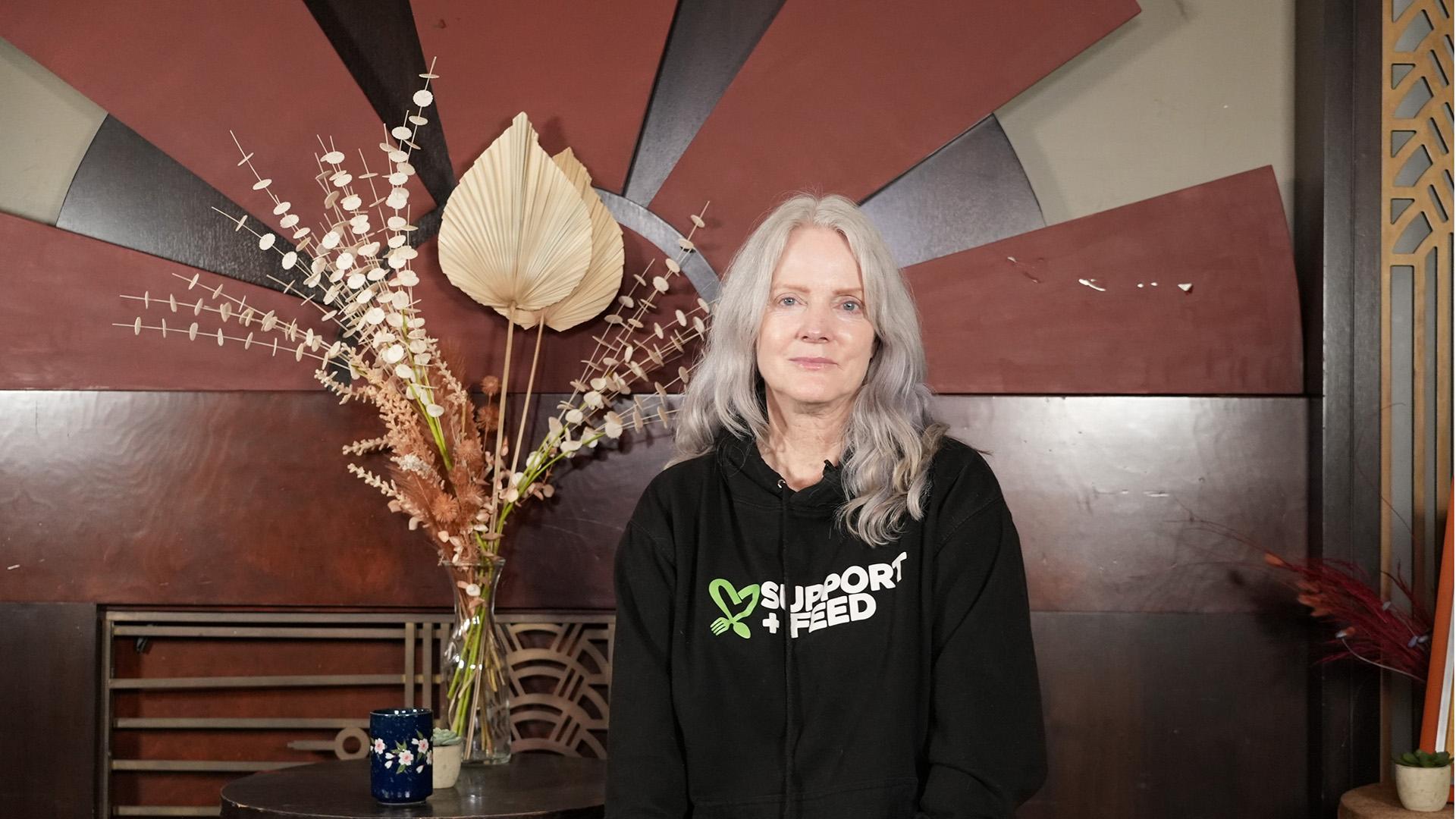Jamiah Hargins: Building Community Resilience Through Food
In this Episode
Jamiah's Story
Jamiah Hargins is the Founder and Executive Director of Crop Swap LA, where he is leading a movement to reframe access to healthy, nutritious food as a birthright, and not exclusive to those with the privilege to afford it. Crop Swap LA is making this vision a reality by transforming unused urban spaces into thriving nutrient-rich microfarms across the Los Angeles area that grow fresh produce, create local jobs, conserve water, and promote equitable access through food distribution programs. In doing so, they are addressing climate change by emphasizing local food production and consumption, reducing reliance on water, and disrupting carbon-intensive global supply chains.
Currently, Crop Swap LA is making a huge impact by embodying the concept of ‘thinking globally, acting locally,’ and living out those values. The majority of staff are hired locally, microfarms are placed within the communities they serve, and produce is being distributed to dozens of nearby families each week.
Discussion Questions
One of the most important things you can do about climate change is talk about it.
- Through its network of microfarms, Crop Swap LA collects and stores over 11,000 gallons of rainwater to irrigate crops. This not only supports sustainable, local agriculture but also serves as a critical emergency resource during climate-related disasters. The devastating 2025 Los Angeles wildfires, intensified by climate change, destroyed thousands of homes, and in some areas, firefighters ran out of water. In future emergencies, water stored by Crop Swap LA and other similar efforts could be used by firefighters to help protect nearby communities from wildfires. Jamiah says, “What we are trying to do is create a water resilience network between multiple homes that have tanks just like this and a water sharing program, whereby in case of a drought, neighbors can sign up and pay a monthly fee to keep it maintained and have access to that water when they need it. So, we are solving multiple problems at once, all by leveraging the gifts of nature that are coming every day.” Why might it be important for climate solutions like local food systems and water-sharing networks to help communities become more resilient and adapt to future climate risks while also addressing current inequities? Can you think of solutions that would prepare your community for the future while also supporting those most in need today?
- Currently, Crop Swap LA is making a meaningful impact by truly embodying the value of “thinking globally, acting locally.” The organization hires staff from the neighborhoods it serves, builds microfarms directly within those communities, and distributes fresh produce to local families each week. This hyper-local approach not only improves food access but also reduces commuting and transportation distances, cutting down emissions from the transportation sector. By centering community in its design, Crop Swap LA advances both environmental sustainability and local resilience. Why do you think it's important for climate solutions to be rooted in the communities they serve? How might this strengthen both their effectiveness and long-term impact?
- Jamiah shares about his neighborhood, Leimert Park, a historically Black community in Los Angeles, which is quickly changing due to gentrification. Gentrification is the process of new, wealthier people moving into a neighborhood that often results in increased property values and rents, which displace long-term residents and local businesses who can no longer afford to stay. Because of Leimert Park’s significance as a Black cultural area in Los Angeles, there is also a potential loss of cultural identity and generational wealth-building opportunities for families as they pass down homes and businesses. Gentrification can also make displaced communities more vulnerable to the impacts of climate change, as poorer residents are pushed into areas with higher climate risks, like flood zones, urban heat islands, or polluted areas. How can cities make improvements that are supportive of neighborhoods, including climate investments, like adding parks or clean energy, without pushing out the people who already live there?
- Jamiah started Crop Swap LA as a simple, informal way for neighbors to share extra food. During the COVID-19 pandemic, the effort caught the attention of a local politician who believed in the mission and helped secure US$4 million in funding to support and expand their work. Jamiah began his journey after seeing a need in his community and thinking of a solution that could help. What is a need you see in your community or among your neighbors? Do you have an idea or a simple solution that might help?
- Jamiah shares, “It’s important, not only as a Black man, but as any leader to demonstrate our leadership in a visual and public manner, so that everyone can see us doing our best. Because so much in the media shows us the opposite, and in reality, everyone is doing their best.” What is the importance of representation in climate solutions, especially from those whose identities are typically underrepresented or misrepresented in mainstream media?
Learn More
Learn about the solutions in this story:
- Solutions Sector: Food, Agriculture, Land & Oceans
- Solutions Cluster: Curb Growing Demands; Shift Agriculture Practices; Use Waste as a Resource
- Solutions: Reduce Food Loss & Waste; Improve Irrigation Efficiency; Increase Composting
- For more on all of Project Drawdown’s climate solutions, visit drawdown.org/explorer
- Learn more about Jamiah’s work at the Crop Swap LA
Explore Climate Solutions 101, the world's first major educational effort focused solely on climate solutions. This video series combines Project Drawdown’s trusted resources with the expertise of inspiring, scientifically knowledgeable voices from around the world: drawdown.org/climate-solutions-101.
Visit the Yale Program on Climate Change Communication, a resource that shares research, communications strategy, and opinion polling on climate communications.
Take Action
- Subscribe to the Project Drawdown newsletter to receive biweekly insights and inspiration to guide your own climate solutions journey.
- Drawdown Ecochallenge, presented by Ecochallenge.org, is a fun and social way to take measurable action on the top climate solutions. Take the challenge, and see how a few weeks of action add up to a lifetime of change for you and the planet. If you want to take action on climate solutions like Jamiah, start a challenge today.
- The Drawdown Labs Job Function Action Guides are practical resources that highlight specific, high-impact climate actions employees in common corporate professions can take at work.
- ChangeX connects people with proven ideas for strengthening communities with the resources needed to implement those changes. Explore countless ways to improve your community and help the world reach drawdown.
- Climate Generation's Green Careers for a Changing Climate Instructional Supplement (for Grades 6-8) contains resources to help young people learn about Green STEM Careers—paths that use STEM skills to help reduce the impacts of climate change. Throughout this instructional supplement, students use Project Drawdown resources to make important connections between climate solutions and different careers.
- Solutions Journalism Network highlights the importance of reporting stories of climate solutions in the media to create a more equitable and sustainable world. Visit their Teaching Climate Solutions resource to find curated collections and the latest examples of climate solutions journalism.
- SubjectToClimate (StC) is a nonprofit online connector for K-12 leaders of all subjects to find materials on climate change at no cost. Explore StC’s educator-generated database to connect to Project Drawdown-based climate education resources.
Sign up to receive updates, provide ideas, and tell us how you might share Drawdown’s Neighborhood in your community.


